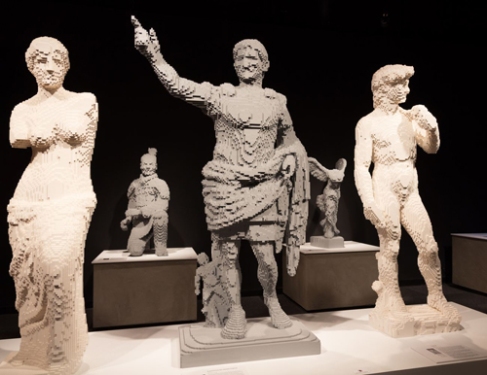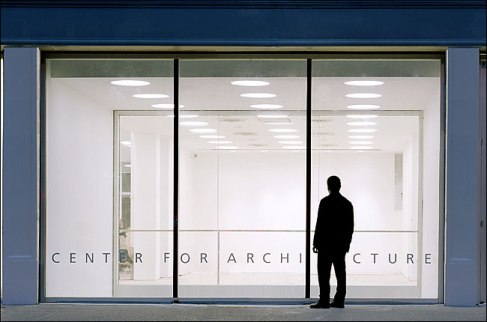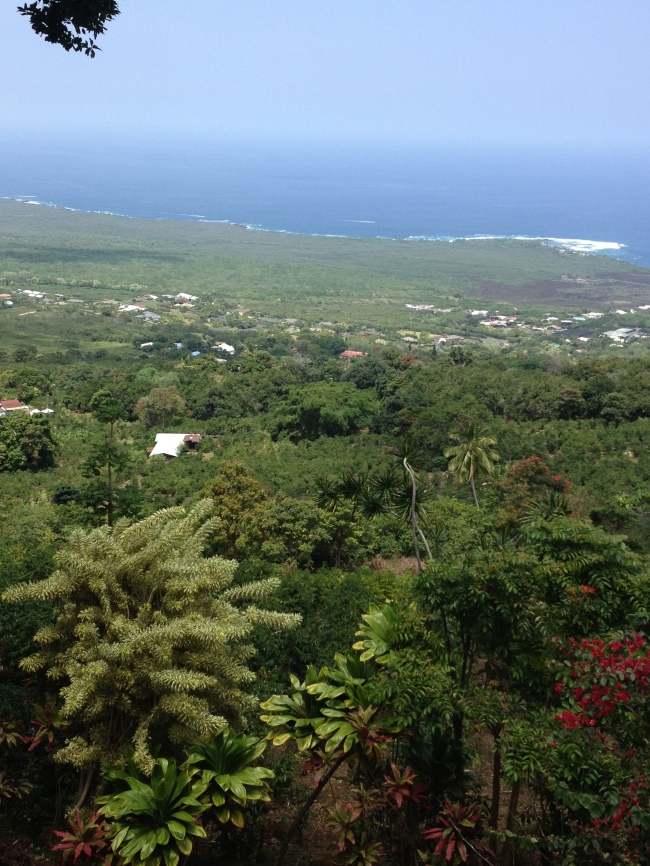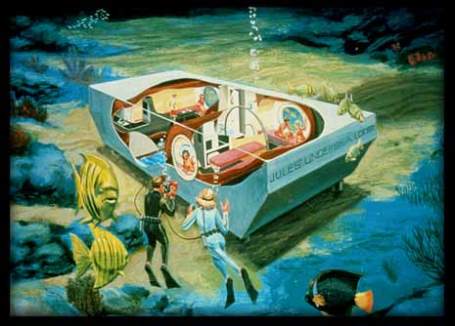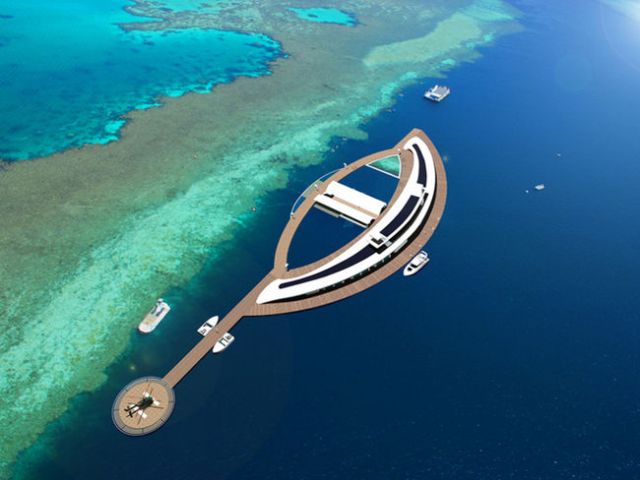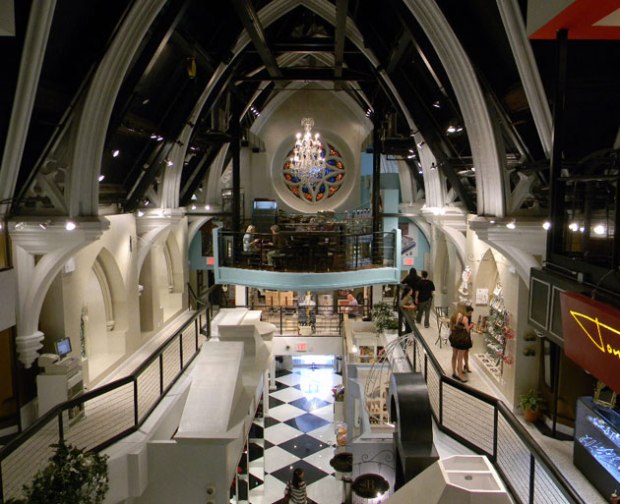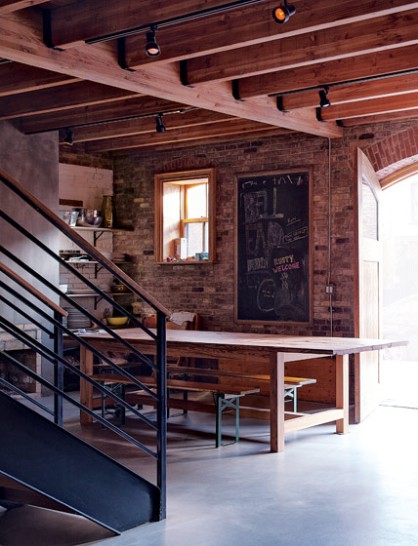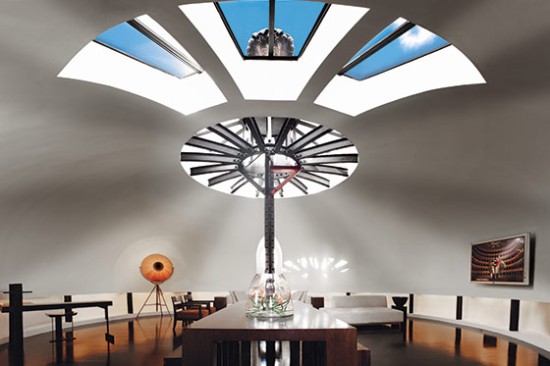A refrigerated space recently opened in NYC, just in time for summer. Called “Minus 5,” it’s an ice bar similar to affiliated locations in Las Vegas and Monte Carlo. The brand-new outpost is housed on the ground floor of the Hilton Midtown hotel, and features intricate ice chandeliers, walls, and cups sculpted by artist Peter Slavin.
It took him two weeks, a team of seven people, and 18,000 pounds of ice to carve the inside of Minus 5. Peter drew inspiration from the City’s landmarks like Central Park, the Brooklyn Bridge, and the Statue of Liberty, but plans to change the bar’s design every three months in order to keep things “fresh” – exactly how New Yorkers like things.

(Peter Slavin at work) Dan Good

Pejman Faratin
 Metro
Metro
– Francisca Ovalle and Ashley Lee




